Walker’s Hearing Protection: a Three-Product Review
Eve Flanigan 07.26.20
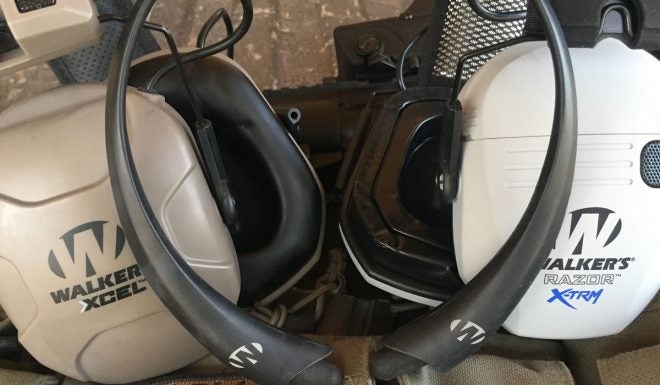
Recently, the kind folks at Walker’s “ear pro” company offered to send me the company’s newest hearing protection products for testing and evaluation. They also humored my request for a low-tech product. I was pleasantly surprised when I opened the box. In addition, I recentlypurchased a different set of their new electronic “ears” last year, and have enjoyed the custom features. Here’s an overview of each product and some insights as to my experience with each.
Razor Digital X-TRM Muff
This is Walker’s newest contribution to the electronic ear protection arena. The “Razor” label means the design follows the company’s recent trend of making low-profile, good-looking protective ear muffs that make it easier to get a cheek weld.
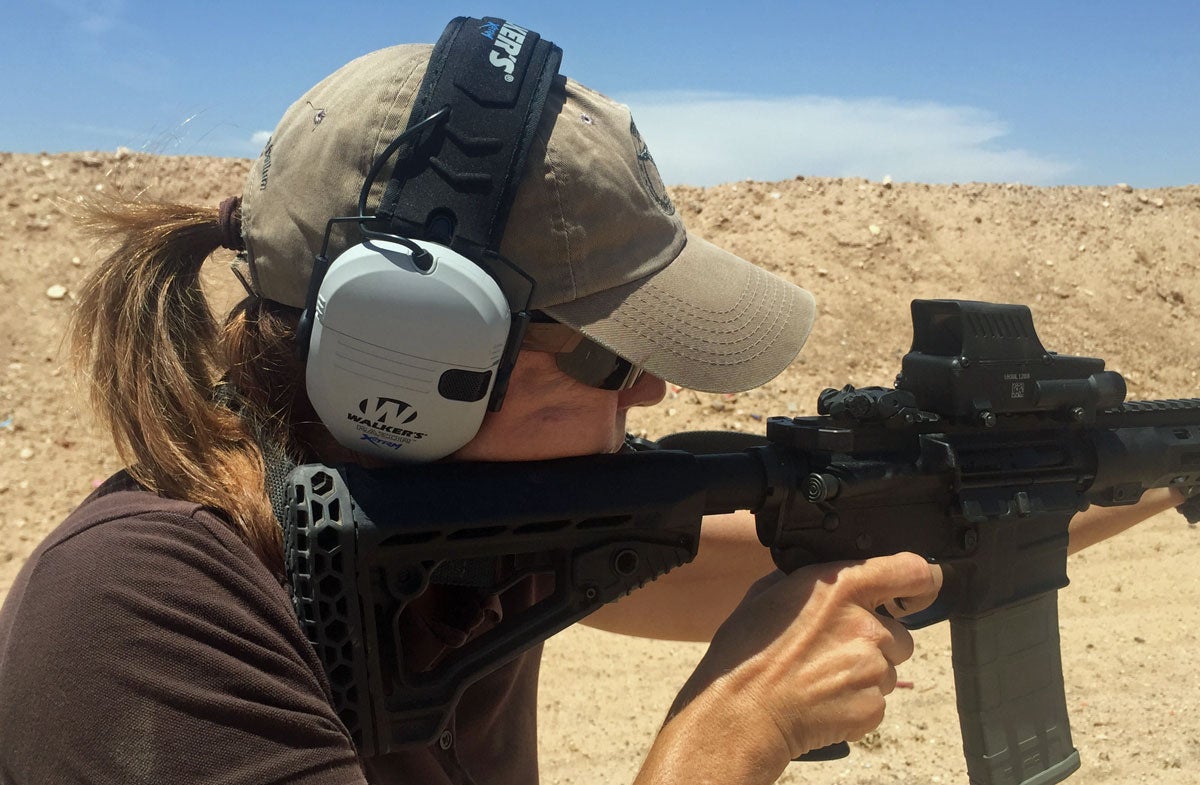
The electronics in the device are powered by two AAA batteries, supplied with purchase. An internal, multi-directional mic does a great job of amplifying voices. Even with existing hearing challenges, I find the lowest volume of mic helpful with minimal interference from wind. Though suppression of wind noise is built into the system, I have yet to find ear muffs that don’t sound noisy when winds are around 15 mph or greater. With that much wind, it’s easier to simply turn the amplifier off.
User comfort is where the X-TRM Muff really shines in comparison to most. Walker’s revamped the lining of the headband, opting for a breathable, padded mesh rather than typical vinyl. For people who get annoyed with headband heat, this is a great advancement.
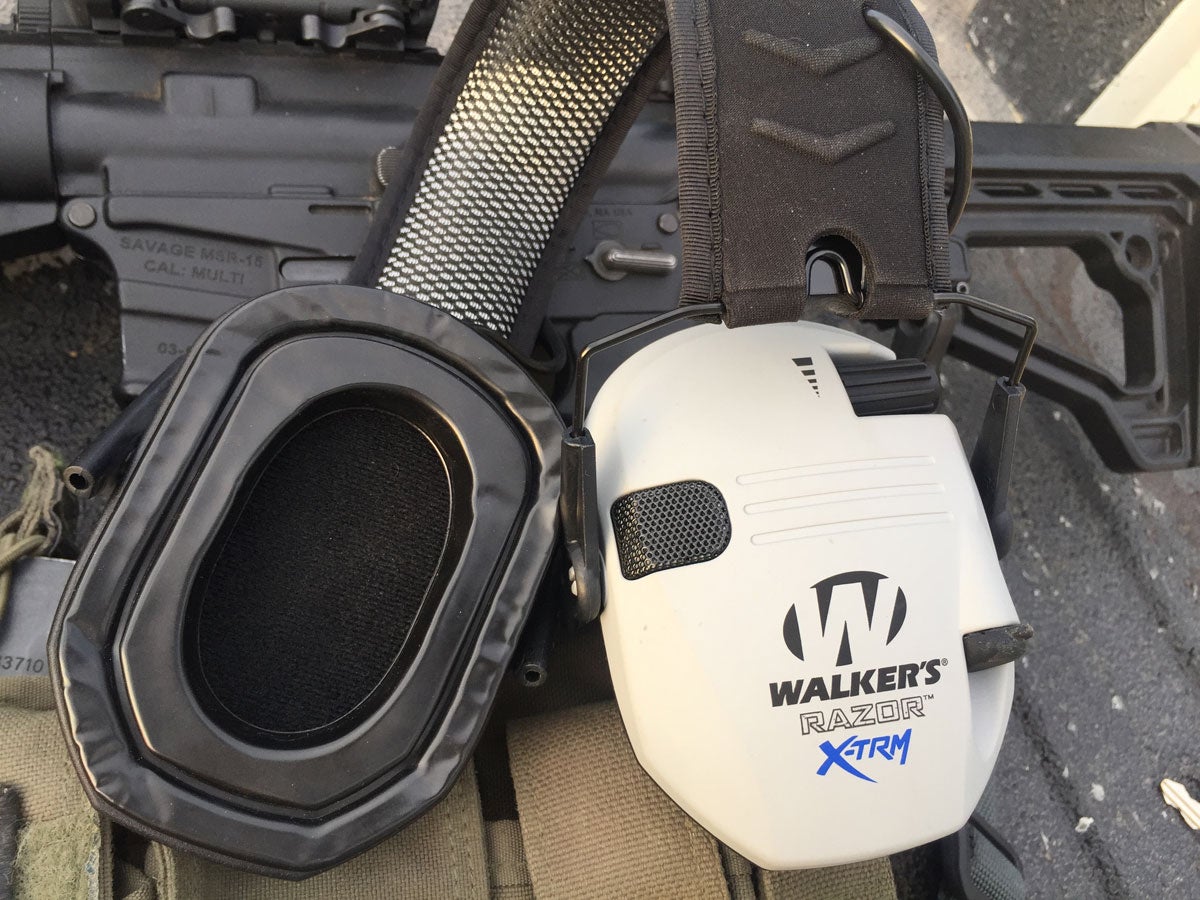
Ease of use is further enhanced by super-flexible, gel-filled ear cups. They mold around the ear to seal out sound very well, including molding themselves around branches of eyeglasses. I experience no eyeglass pressure and pain with these as I do with other ear muffs. The vinyl ear cups do create a sweat ring around my ears, but skipping the sunglass headaches I associate with all-day wear is worth it.
If you want to use an audio device with a headphone jack while shooting or doing other loud activities, the X-TRMs make that possible. A discreetly-placed headphone jack allows for connecting a device with the cord secured down the back of a shirt. I haven’t used the jack, but am appreciative of the apparent improvement in the rubber cover for the jack. Unlike my older Walker’s muffs, the jack cover stays neatly in place.
Color choices for the X-TRM are black or light gray, both in matte finish. The X-TRM’s reduction rating is 23.
XCEL 100 Digital Muff with Voice Clarity
Walker’s reduced the e-bulk of these muffs by putting the controls on the headband. There are four controls: on/off, volume up/down, and amplification type. Like the Digital X-TRM, one set is shipped with batteries for open-and-go convenience.
The advantage of these muffs is the ability to choose amplification types. There’s a high-frequency setting that enhances the sound of distant steel targets, a great feature for long-range precision shooting. One amplifies voices more than general sounds in the safe decibel range. One is a “power boost” for extra amplification, and one is the general amplification setting. I generally use the high-frequency or voice settings.
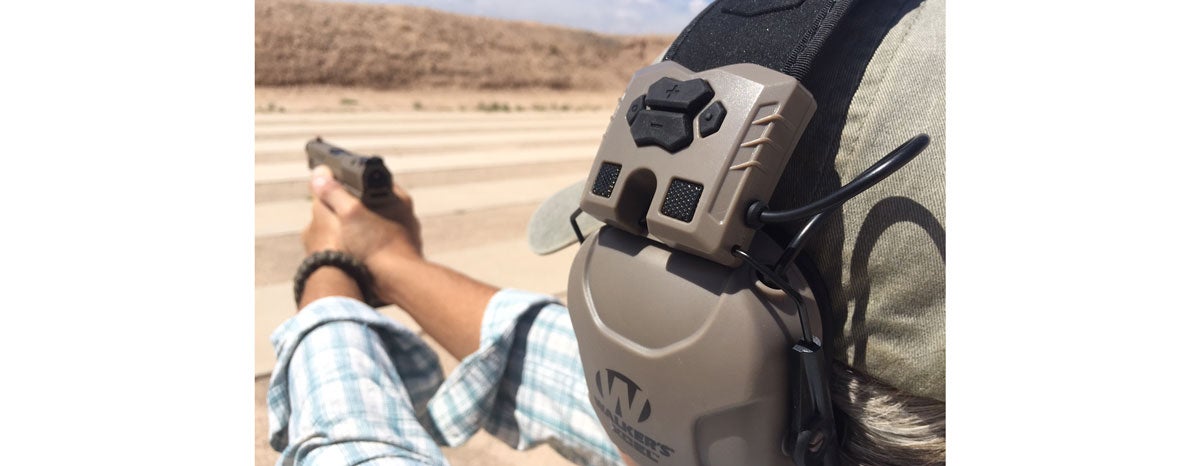
These muffs work well and have a couple points’ gain on decibel protection compared to the Digital X-TRMs. I wear them over a hat, sunglasses, and barrettes, and find them to be tight and painful for long wear, though. So I pull them out mostly for long-range testing when I’m not going to be on the platform all day long.
It takes a bit of coordination to memorize which button is which on the headband. Volume adjustment is easy, with a big fat up/down keypad. But I often forget which is the power button and which is the setting one. If I wore them more often, that wouldn’t be a problem. It’s definitely helpful that a Siri-like voice tells the wearer what frequency setting you’ve swtiched to as settings are changed.
The muffs are low-profile enough that I can comfortably shoot a rifle or assume rollover prone with a pistol, free of interference from them. They are high-quality, good-looking muffs that I consider my special-occasion “ears.”
Xcel 100 Digital Muffs come in Coyote Tan.
Passive Neckband with Retractable Plugs
Sometimes the simplest ideas are the best. This earpro device is a simple, arc-shaped plastic band that rests around the base of the neck or around the outside of a collar. On each open end of the arc are foam earplugs, attached to strings that retract back into the arc when not in use.
The set comes with three sizes of foam plugs. I especially like it because the band allows me to both wear a brimmed hat that protects my skin in the hot sun. At the same time, I never lose my “foamies” nor do they get gunked up with hay dust or whatever else is in my jeans pockets.
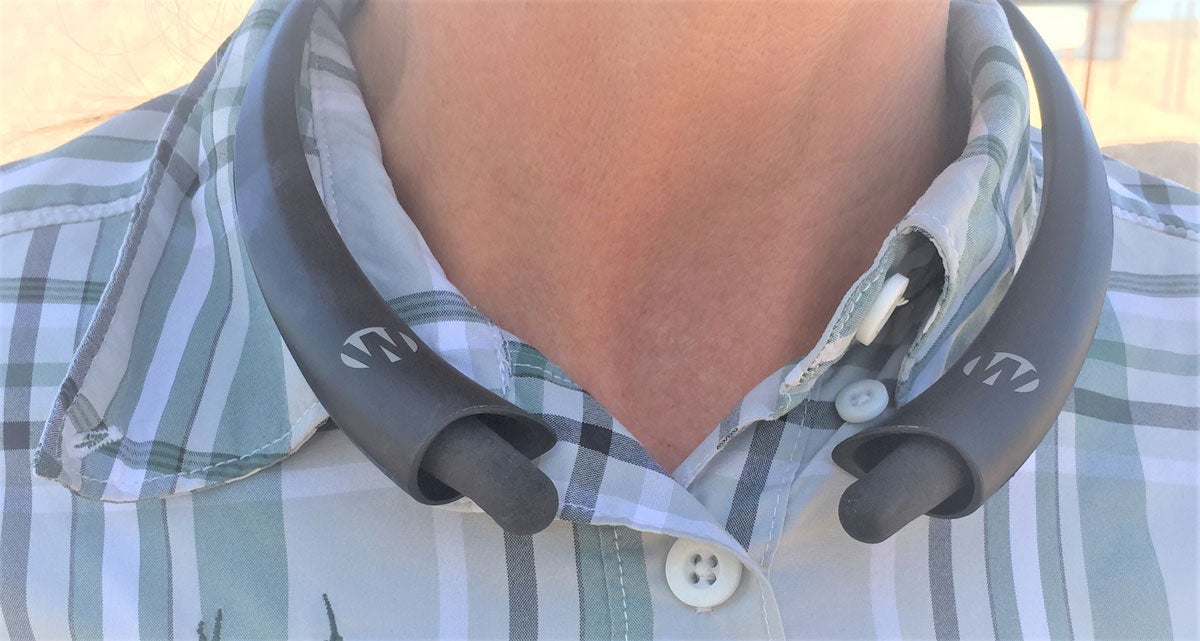
Perhaps best is the level of hearing protection the plugs offer. They’re rated 31 for noise reduction. It’s no secret that foam earplugs offer better hearing protection than muffs, as a rule.
The one drawback to this elegantly simple device is that it tends to interfere with a sling. Although it would be fine with the luxury of time to carefully coordinate the two accessories, it tended to get jerked around when on the clock. Consequentially, so did the earplugs.
Walker’s Passive Neckband is my personal pick for comfortable, hat-friendly, convenient, and effective hearing protection.
Shop for Walker’s Passive Neckband